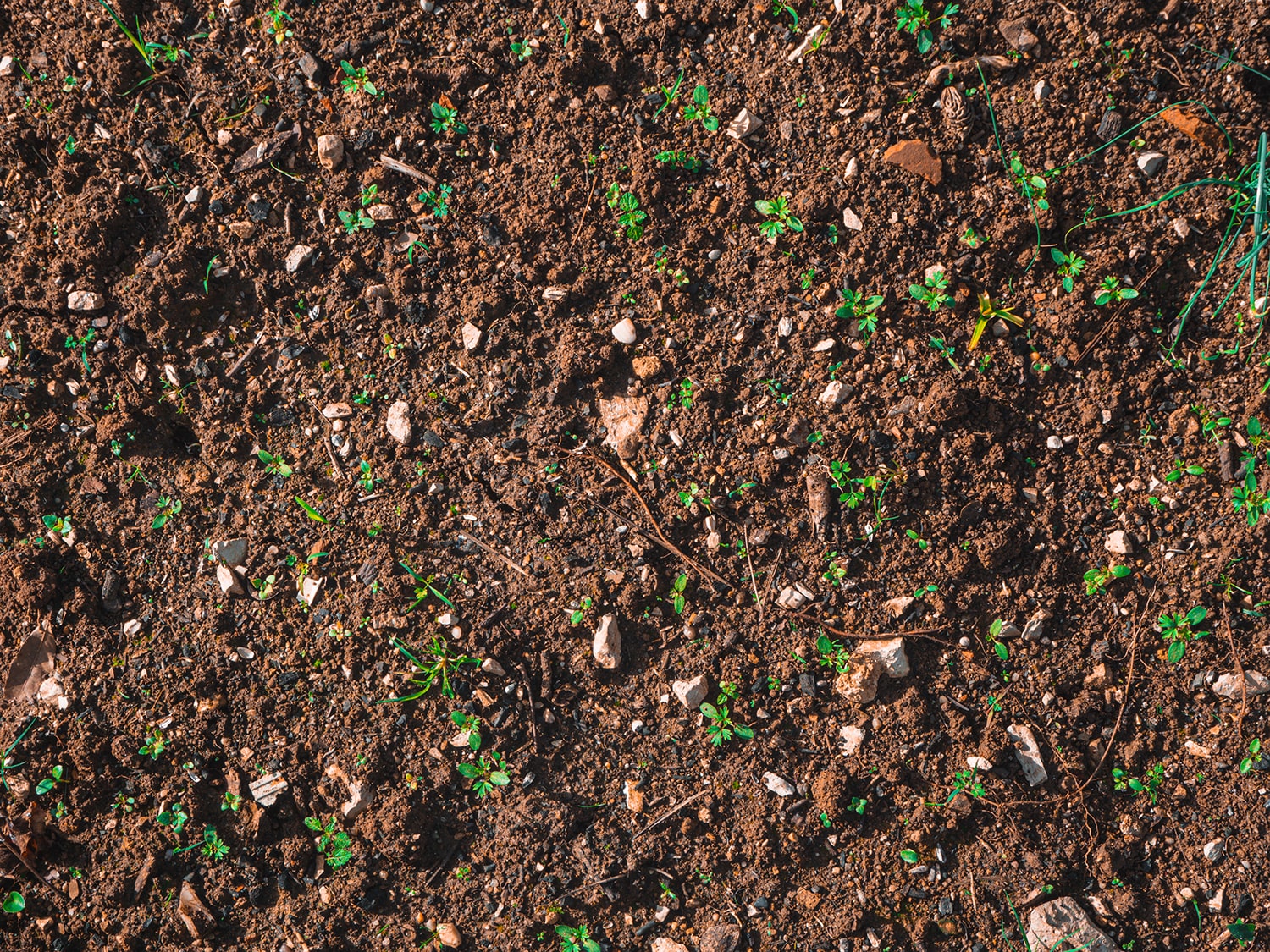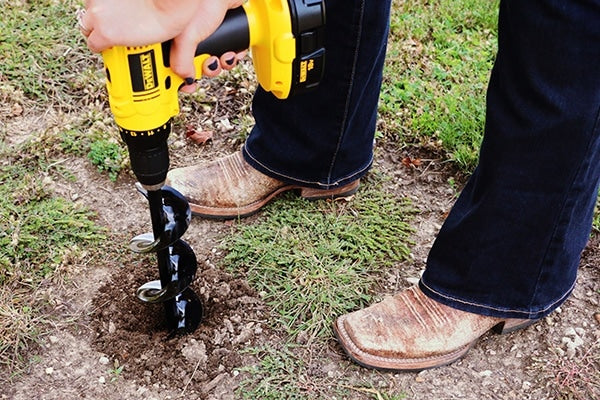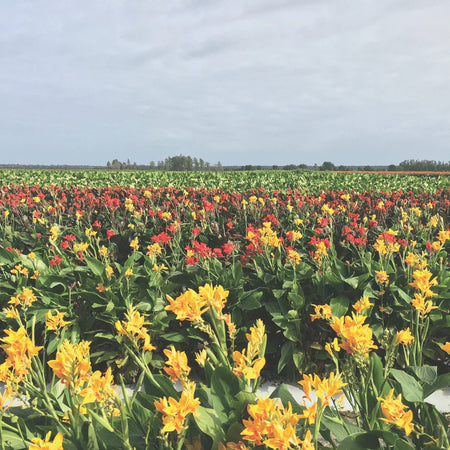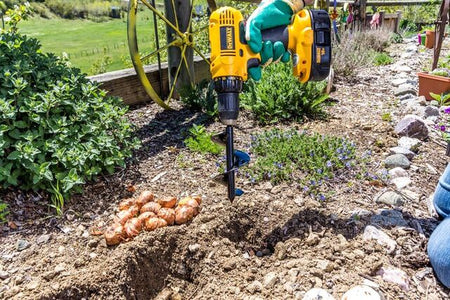As deforestation and climate change continue to threaten natural habitats, it’s more important than ever to practice sustainability. One way to protect the planet is creating a safe environment for birds, butterflies, and bees. Turning your yard or garden into a wildlife habitat can help restore your local environment and enhance your property’s natural beauty.
Here’s how to get started.
1. Research the needs of local wildlife
If you don’t know what’s necessary for local wildlife, how will you know what to include in your habitat? Do some research online or head to the library. Websites like the Wildlife Gardening Forum or The National Wildlife Federation are great places to start.
Learn which trees, plants, and flowers are native to your area. Find out what types of nests native birds prefer or which blossom color butterflies are most attracted to. If you have questions or need additional advice, you can always contact your local wildlife shelter.
2. Narrow your focus
Once you start researching, you’ll quickly uncover hundreds of ways to turn your garden into a wildlife habitat. As you research, ask yourself some starting questions:
- What kinds of wildlife do you want to attract?
- Do you need to plant flowers for butterflies or trees for birds?
- Should you buy or make a bee box?
- What size water source can your yard sustain — a large lake or small water container?
- What plants are native to your area?
By mapping out a practical plan based on specific goals and realistic timelines, you’ll be less likely to throw in the towel or spend money on items you may not need.
3. Pick the right tools
Once you have a better idea of what you’d like to do, it’s time to figure out what tools and supplies you need. Consider purchasing the following:
- A variety of native perennials from your local nursery. For flowers that produce the most food the longest, choose perennials that bloom at different times of the year. And for year-round nectar production, the more colorful, the better. (Pro tip: avoid ones with multi-layered flowers as they have little to no pollen.) When planting, spread out your perennials 18-24 inches for healthy growth.
- A small tree or shrub, great for backyards of all sizes. You don’t need a sprawling oak tree (though you can plant that, too!) to hang a birdhouse or feeder.
- Window boxes. Window boxes are perfect homes for butterflies. Fill the boxes with nectar-producing flowers and place them in a warm, sunny spot to give butterflies a feast and a place to lay eggs.
- Logs. Though a rotting pile of wood may not be garden party chic, it does provide food — like fungi, beetles, and slugs — for birds, mice, and salamanders. While these creatures may not win any popularity contests, they help control the insect population and can prevent infestations.
- An earth auger. Attached to a drill, an earth auger becomes a powerful tool that cuts planting, digging, and soil mixing time in half (and saves your back and wrists!).
4. Prioritize the essentials
Remember all habitats need to include food, water, shelter, and a place to nest. Create a plan for providing these before you start shopping or digging. You can get especially creative with providing water. In addition to being vital for survival, water helps birds maintain their feathers and doubles as shelter for some amphibians and insects. For your wildlife habitat, any water source will do — from a simple birdbath to a backyard marsh.
With the right mindset and tools, turning your designing a wildlife habitat can be cost-, labor-, and time-effective. What’s more, you’ll enjoy the fruits of your efforts every day as you watch animals of all shapes and sizes flourish in an oasis that you created.







